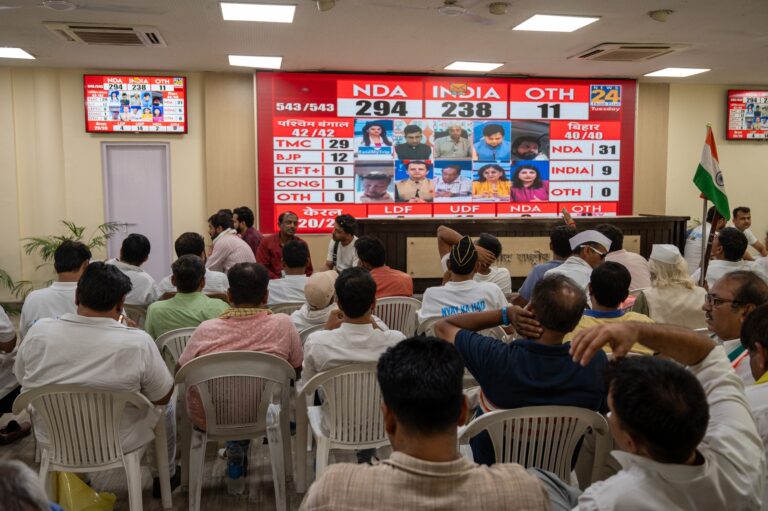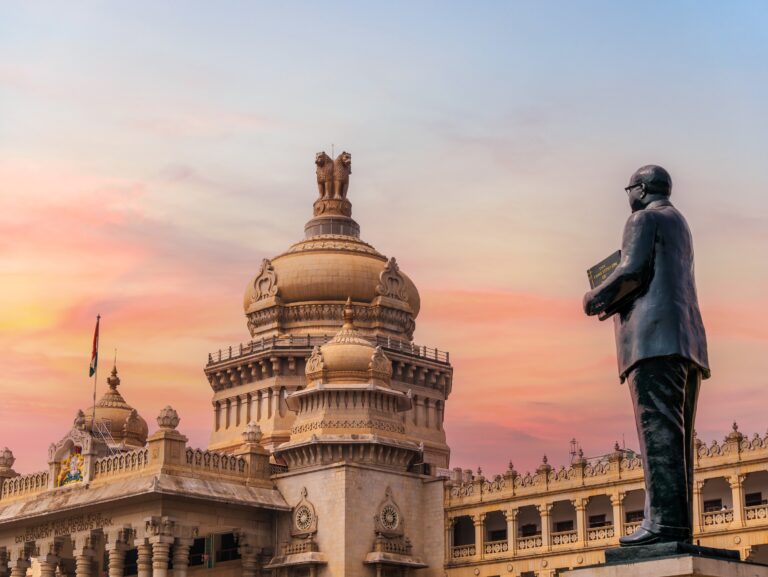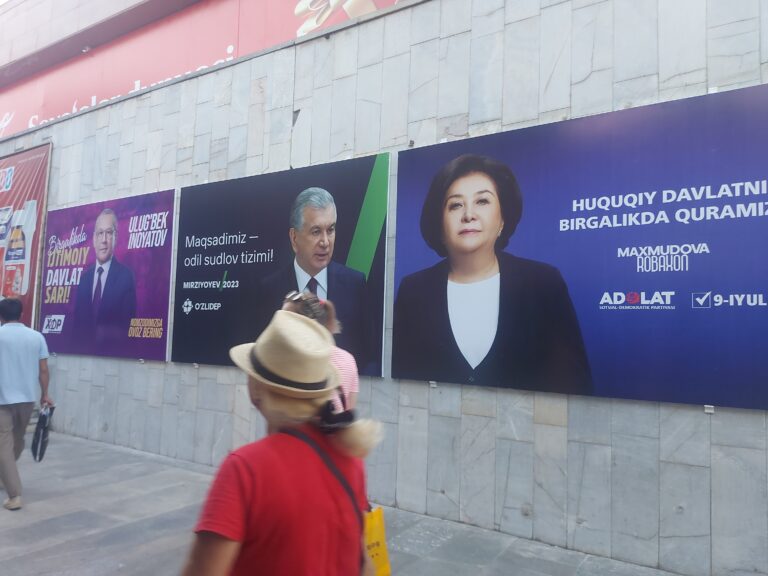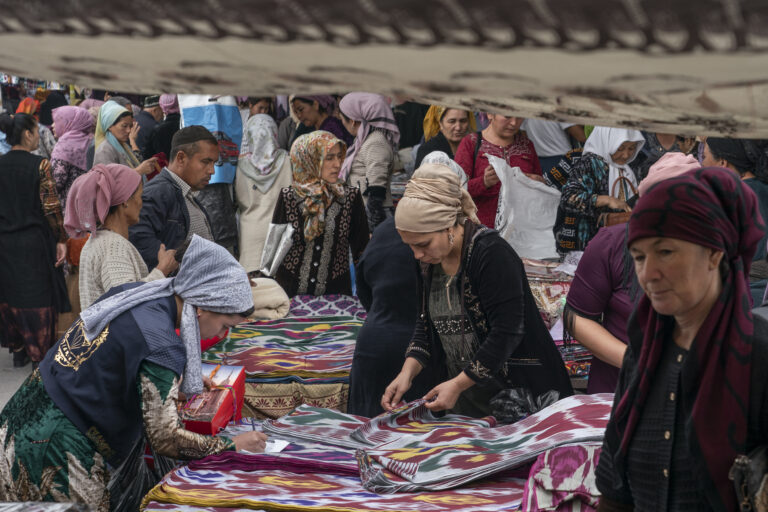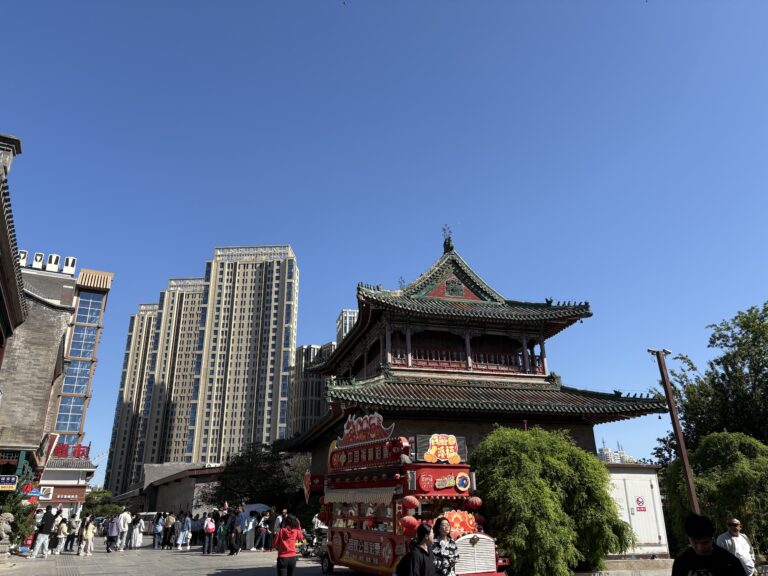Persepolis, Armenia, and Iran’s Balancing Act
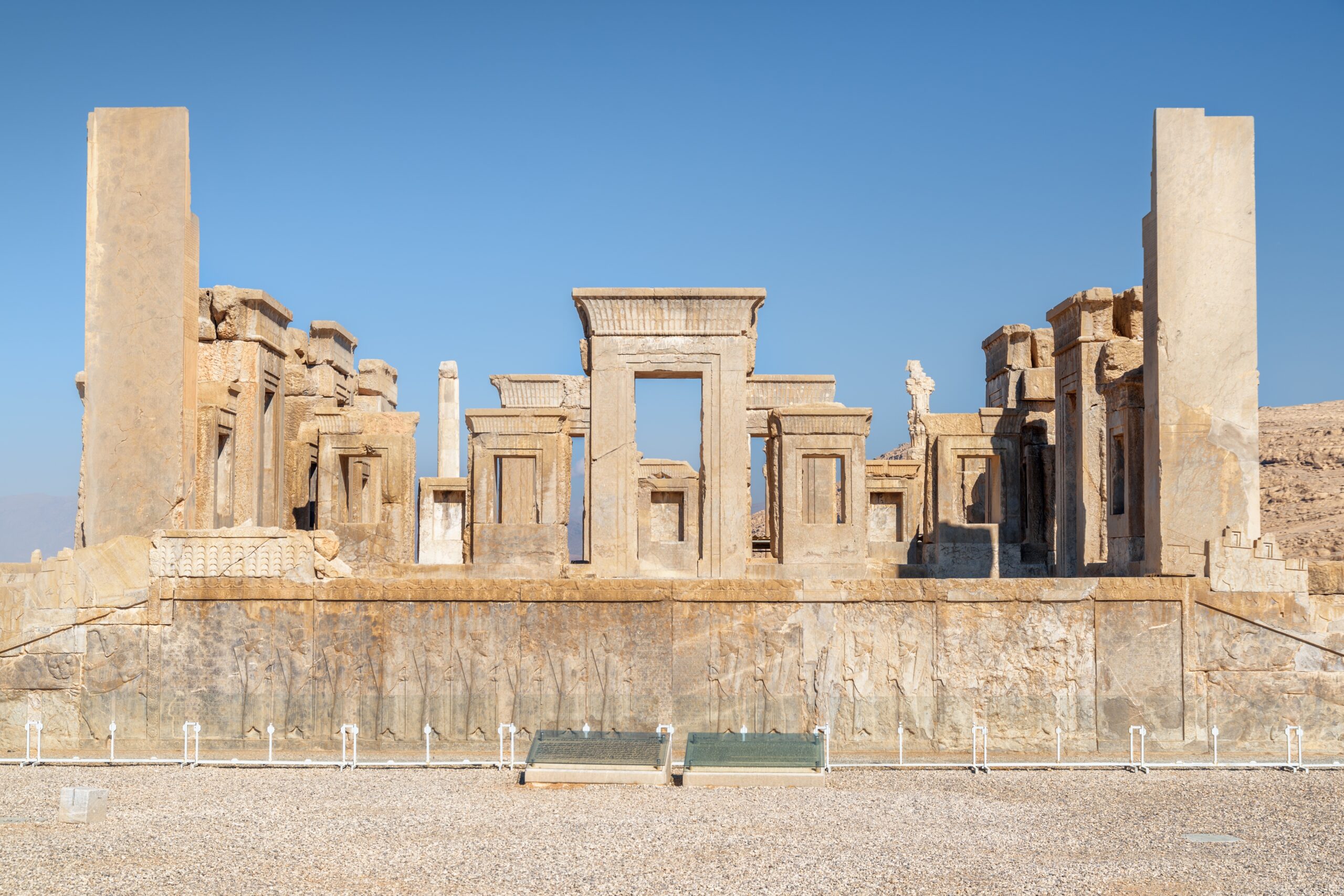
Jack Roush is a PhD candidate affiliated with the London School of Economics Iranian History Initiative
In early September, Iran hosted the Armenian Philharmonic Orchestra for a concert at Persepolis, the 2,500-year-old remains of the Achaemenid Empire’s ceremonial capital. According to media affiliated with the Islamic Republic, the concert “gates of civilization” was intended to signify the kinship between Persians and Armenians, two ancient peoples with millennia of shared history. Indeed, both groups have had a presence on the Iranian plateau since antiquity. Armenians have held an important role in modern Iranian history, particularly under the efforts of the Safavid dynasty to expand Iran’s economic power during the 17th century. As a demonstration of these historic bonds, the concert’s keynote performance was a rendition of Ey Iran, a secular Iranian patriotic anthem popular in the pre-Revolutionary period.
The concert was carefully choreographed by the Islamic Republic, which is perhaps surprising for such an event. In fact, President Masoud Pezeshkian’s ministries of culture and foreign affairs took the initiative with organising and promoting it, in conjunction with their Armenian counterparts. Therefore, the Persepolis concert offers a unique window into how the Islamic Republic seeks to position itself after a transformative year, which included the weakening or collapse of several regional partners, and an exchange of strikes with Israel and the United States in June. It sits at the intersection between two current themes in Iranian policymaking: the first being the Islamic Republic’s recent attempts to co-opt and promote secular nationalism, and the second being the pursuit of a new modus vivendi with Armenia – an increasingly tenuous ally which has drifted from Tehran’s orbit in recent months.
As June’s confrontation came to a close, expressions of secular nationalism appeared to gain traction in Iran. Though this possibly initiated as a mode of opposition to the country’s outwardly theocratic rule, the Islamic Republic quickly co-opted these expressions into its official communication in an attempt to manufacture popular support. New murals and statues depicting pre-Islamic heroes began to appear at major public sites in Iran. Some politicians began invoking references to ancient Iranian history. On Ashura, one of the most significant days in the Shi’a liturgical calendar, Supreme Leader Ali Khamenei even commissioned a recitation of Ey Iran. Such unprecedented actions mark a significant departure from the typical rhetoric of the Islamic Republic, which has naturally had an uneasy relationship with secular Iranian identity.
The Islamic Republic has instrumentalised Iran’s Armenian community in its apparent turn toward secular nationalism. Over the past month, Iranian officials have announced plans to host Armenian cultural festivals and restore churches. Pezeshkian himself declared Armenians to be “very dear to Iranian society,” with a prominent place in the country’s literature and history. Simialrly, the Minister of Education declared that Armenians enjoy the “highest social status.” To that point, Iran’s National Library opened an Armenian cultural wing shortly thereafter. Armenians from Isfahan and Shiraz also attended the Persepolis concert, joining Iranians of Persian and Azeri descent. In drawing attention to Armenians in this manner, the Islamic Republic can seek to demonstrate its supposed embrace of an Iranian nationalism that transcends communal and ethnic lines – without compromising on foundational policies like compulsory hijab or velayat-e faqih.
To that point, Armenians offer the regime a model minority. Given the Armenian community’s historical political neutrality, cultural integration, and relatively small size, the Islamic Republic perceives less risk in highlighting its significance to Iranian identity than other groups. Despite comprising a larger share of the overall population, Iran’s other prominent religious minorities, especially Baháʼís, have not received the positive attention granted to Armenians. Rather, the Baháʼí community remains the object of significant targeted persecution. In a similar manner, the Islamic Republic has not changed its approach toward Iran’s traditionally marginalised ethnic groups, including the Kurdish and Baluchi populations. Unless conditions improve for these communities, and new rhetoric translates into meaningful policy changes, Iranians are unlikely to be convinced by the Islamic Republic’s manoeuvring.
It is unclear what impact, if any, the resurgence of secular nationalism will have for Iran’s domestic governance. However, it has begun to influence Iranian statecraft, particularly Tehran’s posture toward Yerevan. Despite being historic allies, the neighbouring states have moved apart over the past several years. Iran was unwilling (or unable) to intervene on Armenia’s behalf amid its long-term conflict with Azerbaijan, which resulted in ethnic cleansing against Armenians living in the Nagorno-Karabakh region. Azerbaijan, for its part, received support from both Turkey and Israel. As a result of this situation, Armenia looked beyond its traditional partners Iran and Russia, seeking closer relations with the United States and Europe. Armenia’s most significant break from Iran was the completion of a US-brokered deal with Azerbaijan in August. This was particularly disadvantageous for the Islamic Republic because it established an international transit corridor along the Armenia-Iran border, to be administered by the United States. After being put on the backfoot by these developments, Iran has sought again to draw Armenia close – before a more significant break occurs.
Shortly after the deal with Azerbaijan was completed, Pezeshkian travelled to Yerevan to meet with Armenian Prime Minister Nikol Pashinyan. Displaced as a security guarantor and unable offer new economic incentives, Pezeshkian and Minister of Foreign Affairs Abbas Araghchi have leaned heavily on the cultural connections between the two countries to counter Armenia’s westward push. Most of the diplomatic agreements resulting from Pezeshkian’s visit involved cooperation on preserving cultural heritage and promoting shared artistic traditions. In his own remarks on the visit, Araghchi emphasised the cultural ties between the two states. Reflecting domestic discourse, he asserted that Iran and Armenia enjoy a bond maintained by the Armenian diaspora, who hold a prominent place in public life. This situation, he argued, engenders mutual trust, historical goodwill, and ultimately common interests.
If nothing else, Pezeshkian and Araghchi’s strategy appears to have provided an avenue for sustained dialogue. The following month, a legation from Yerevan, led by Zhanna Andreasyan, Armenian Minister of Education, Science, Culture, and Sports, toured Iran to further promote collaboration on cultural affairs – coinciding with the Persepolis concert. During the visit several Iranian politicians called for promoting deeper public diplomacy through expanded exchanges, tourism, and mutual support for “national pride.” Adreasyan responded positively to these calls, indicating she would implement a pilot program of teaching Persian in Armenian schools and seek to expand Iran’s involvement in the Armenian film industry, among other policies. Such actions, she claimed, would lay the foundation for closer relations – in line with the interests of the Islamic Republic.
Yet, even with this flurry of activity, Iran’s turn to cultural diplomacy reveals much about its present vulnerabilities. Falling back on rhetoric based on shared culture and history may succeed in sustaining dialogue, but cannot prevent the gradual divergence of Yerevan’s interests from those of Tehran. The reality is that Iran has taken an increasingly marginal position in the South Caucasus, especially as its power in the wider region has been degraded.
The Persepolis concert thus captures the paradox of the Islamic Republic’s present moment. It is a theocratic regime that is actively seeking to reinvent its image through the selective appropriation of secular history and culture, which is an unsustainable position to hold. Yet, as its actual economic and military power appears to be waning, its options for adaptation are clearly limited. Whether Armenians in Yerevan or ordinary Iranians in Tehran will be persuaded by this strategy remains to be seen.
The opinions expressed are those of the contributor, not necessarily of the RSAA.

